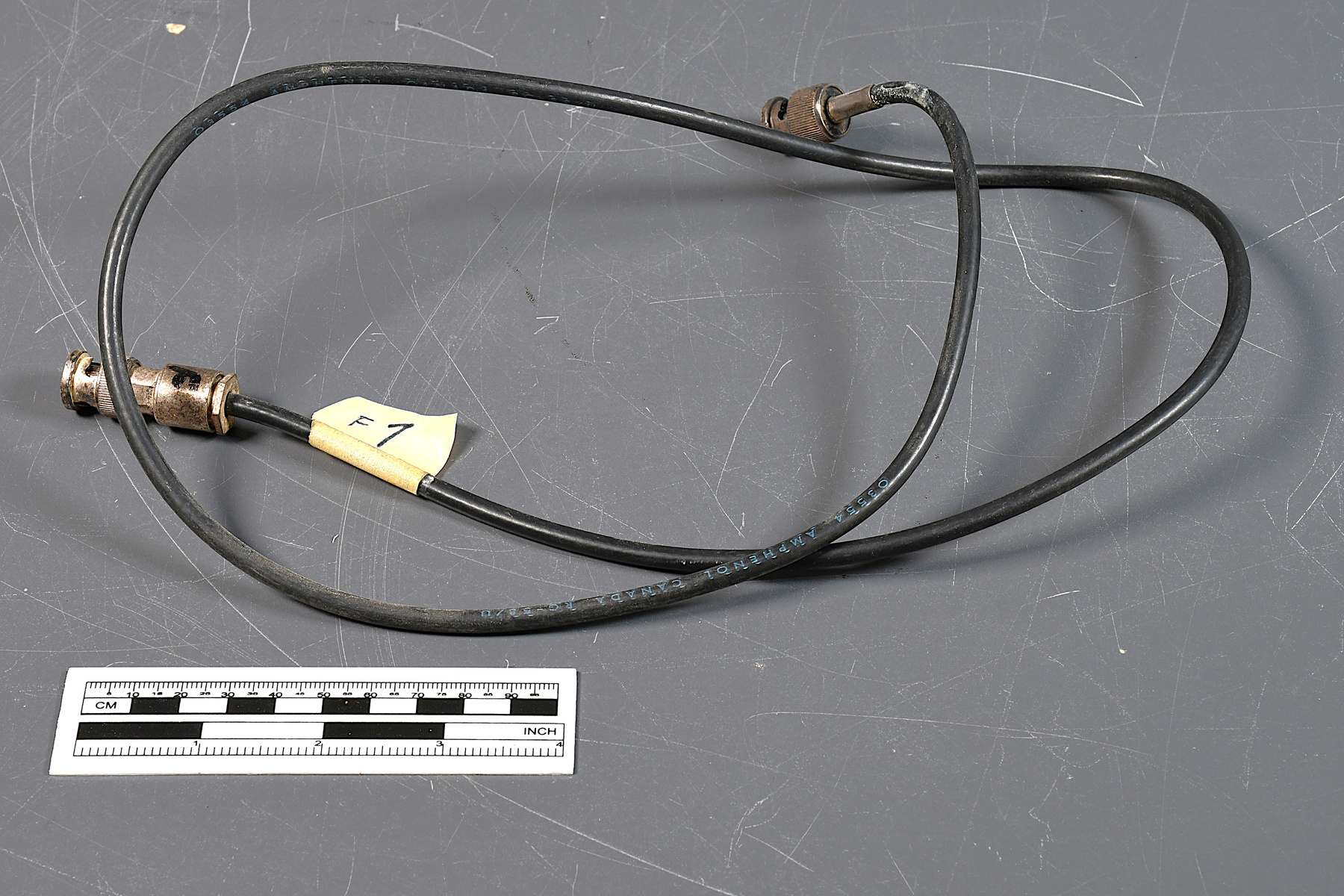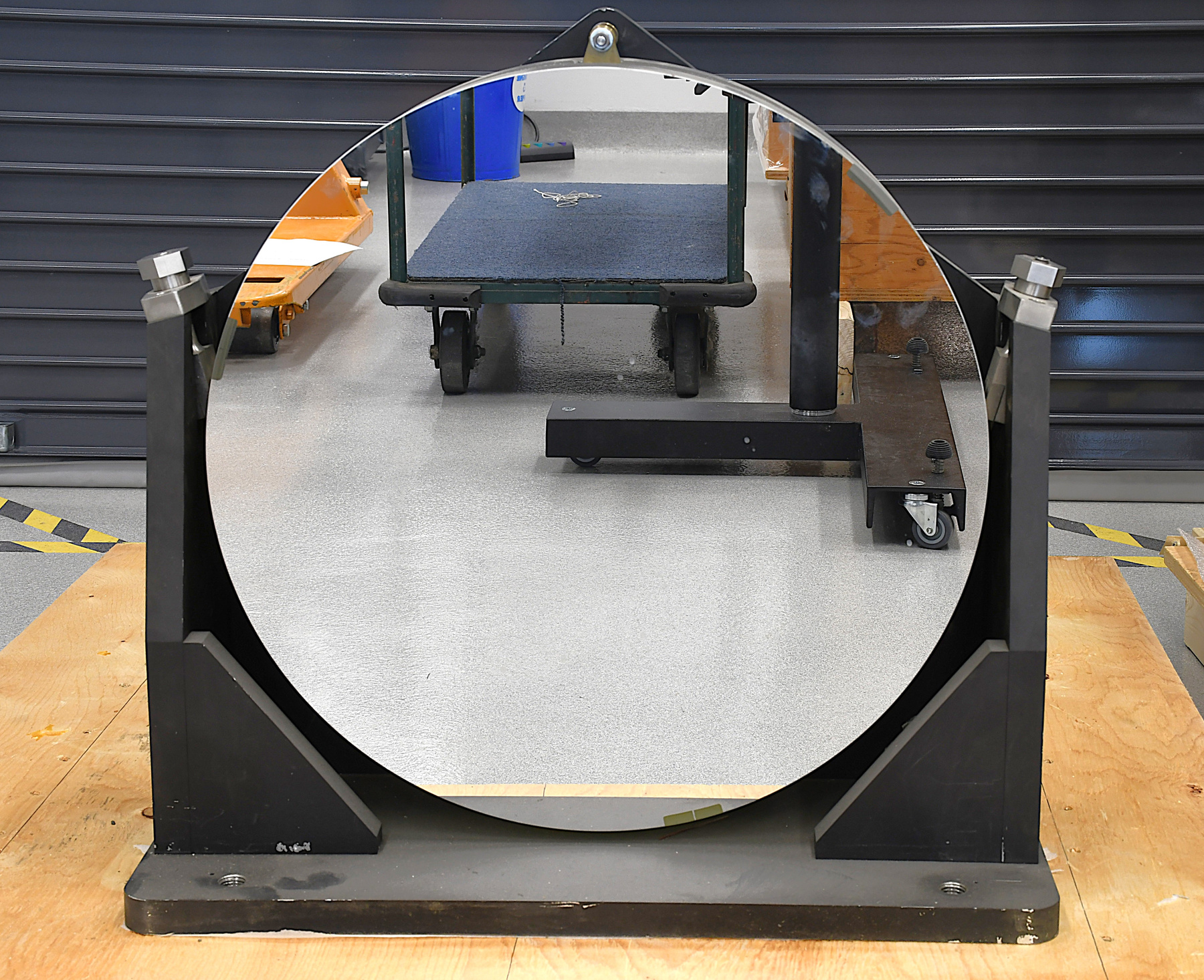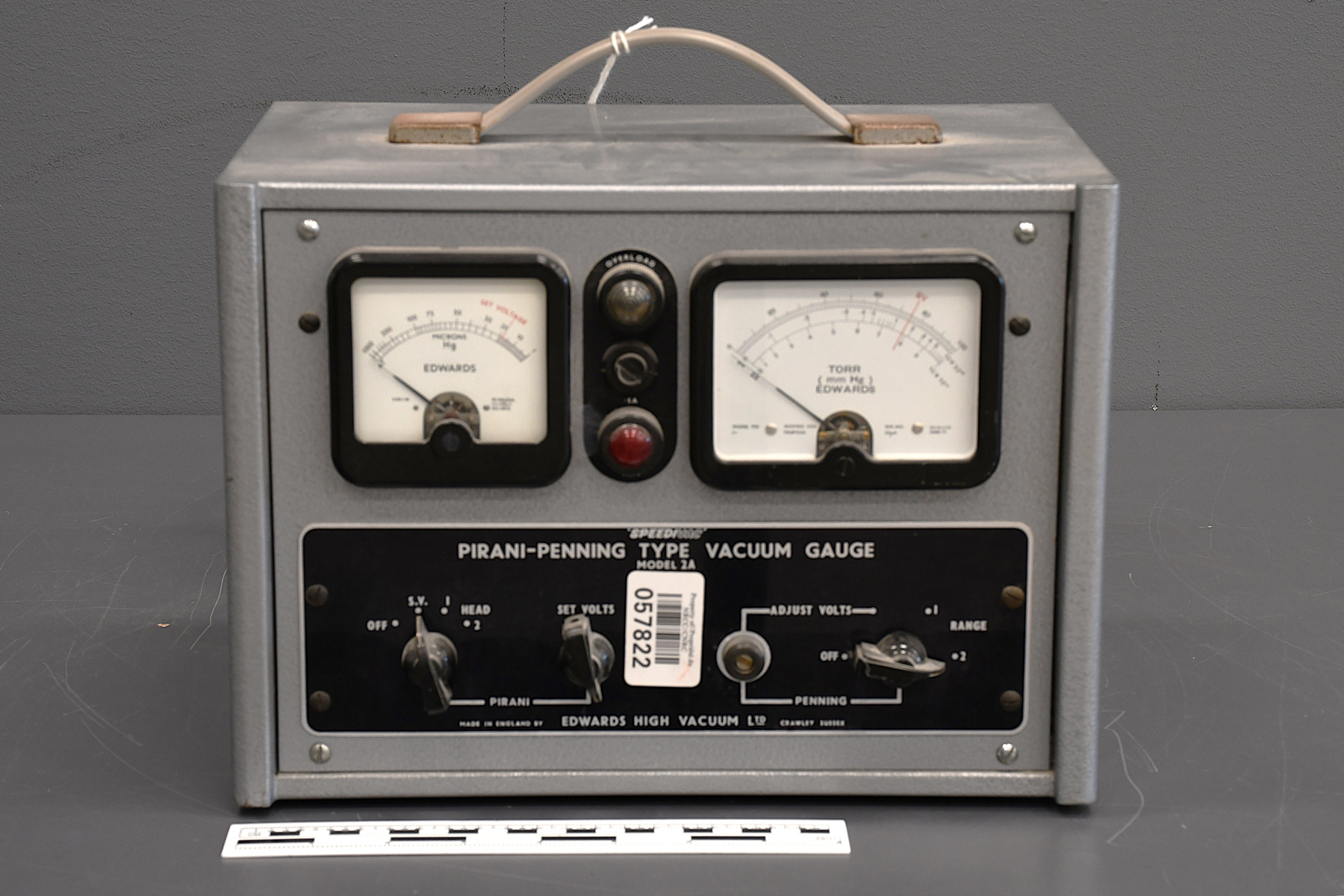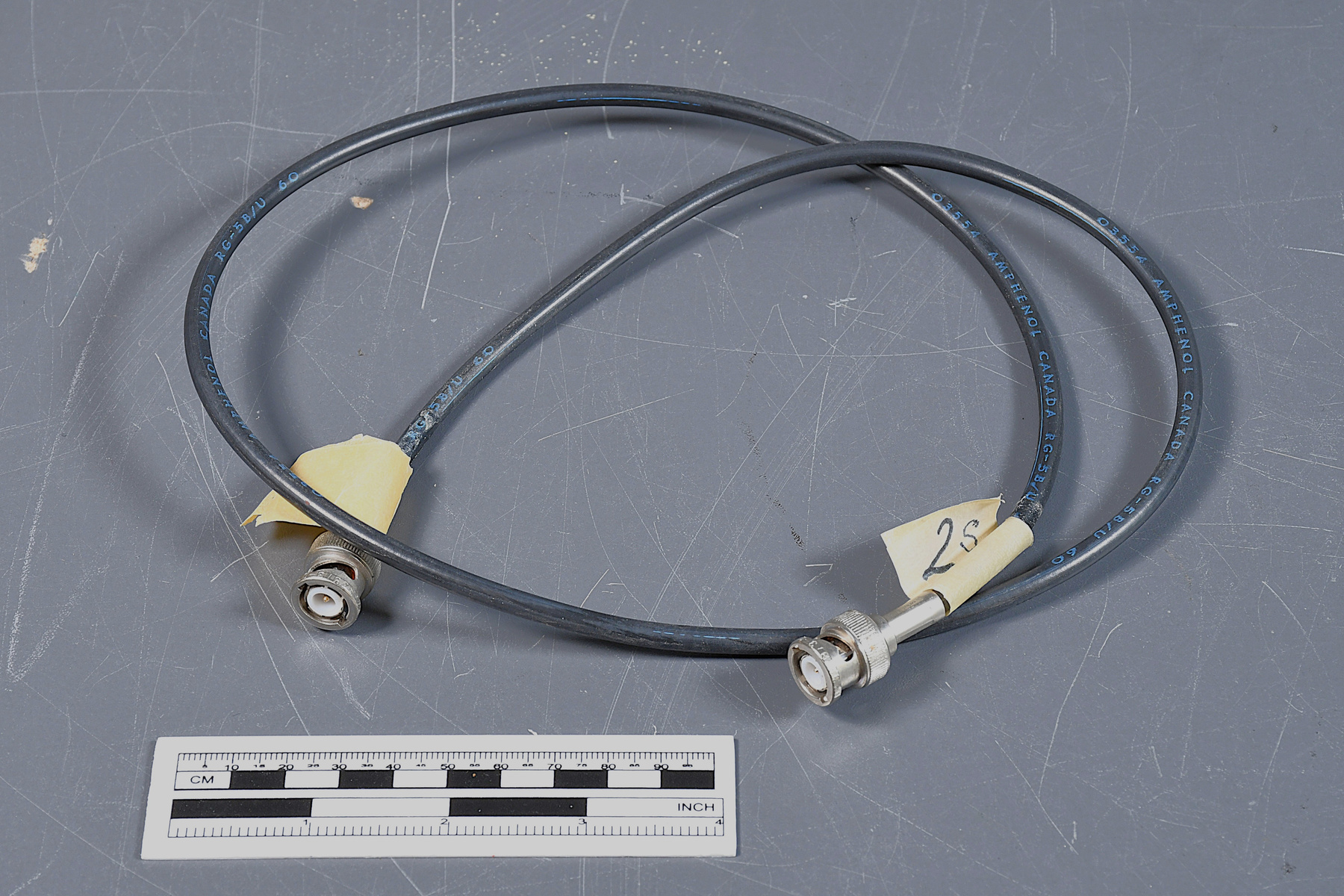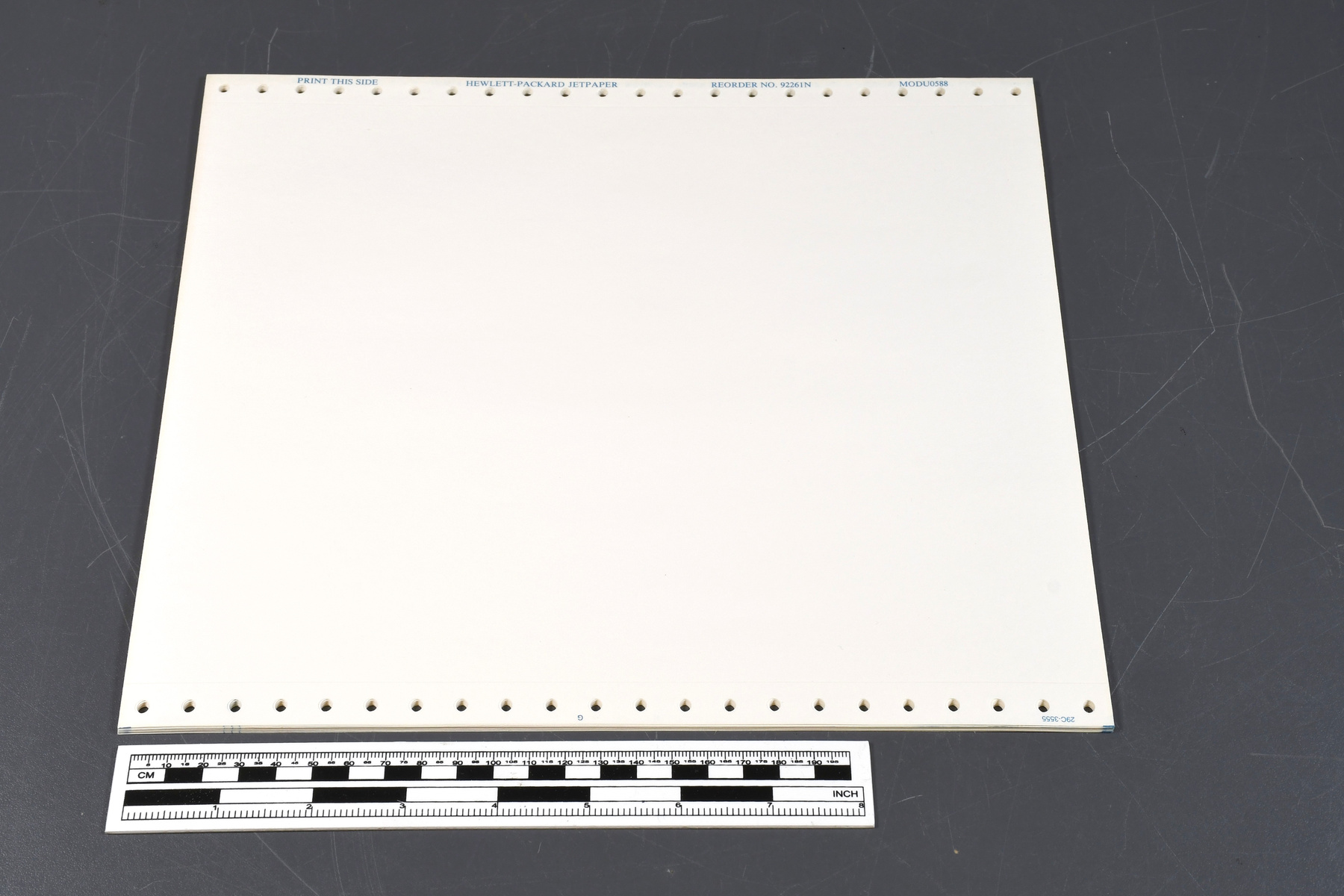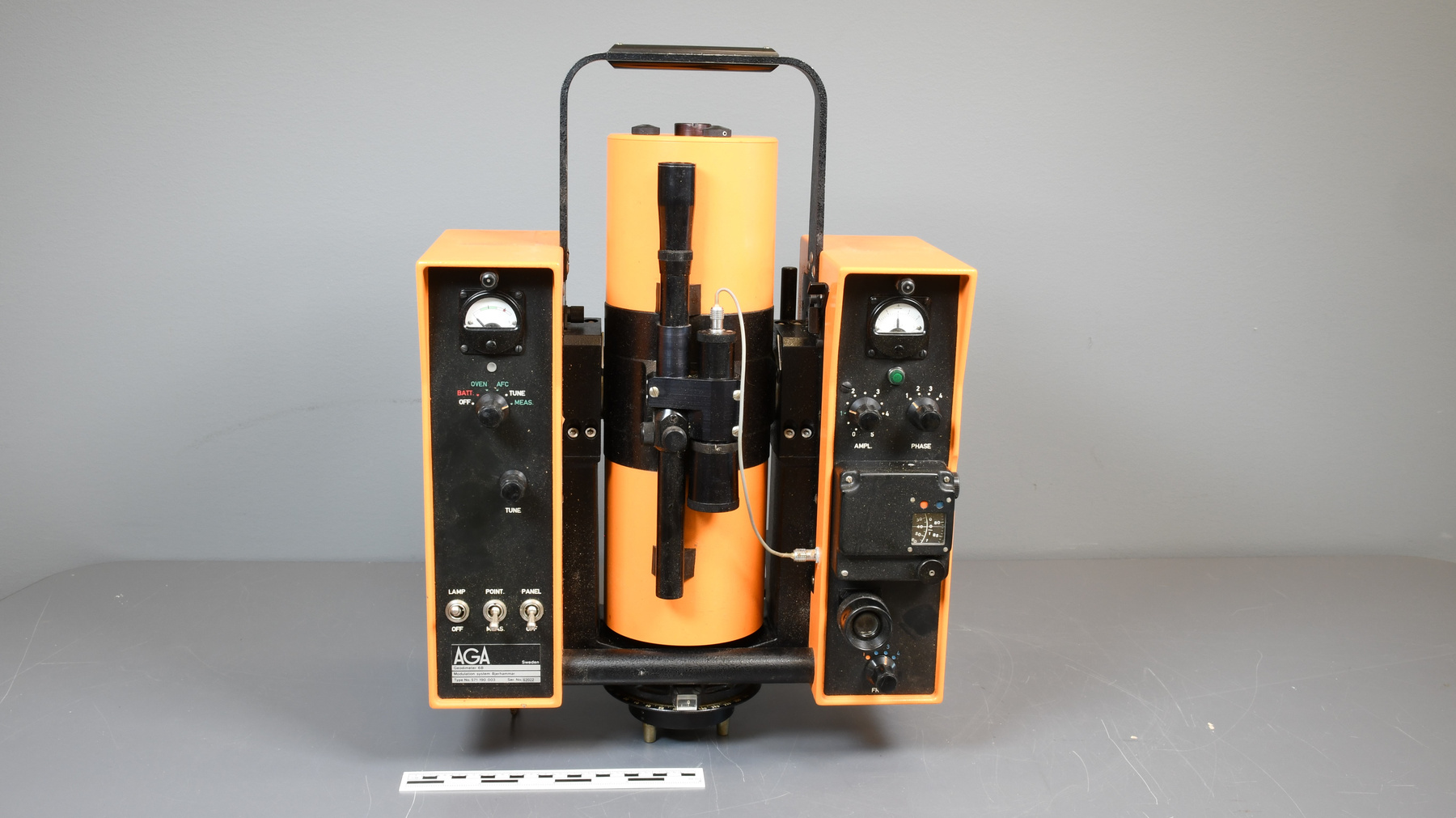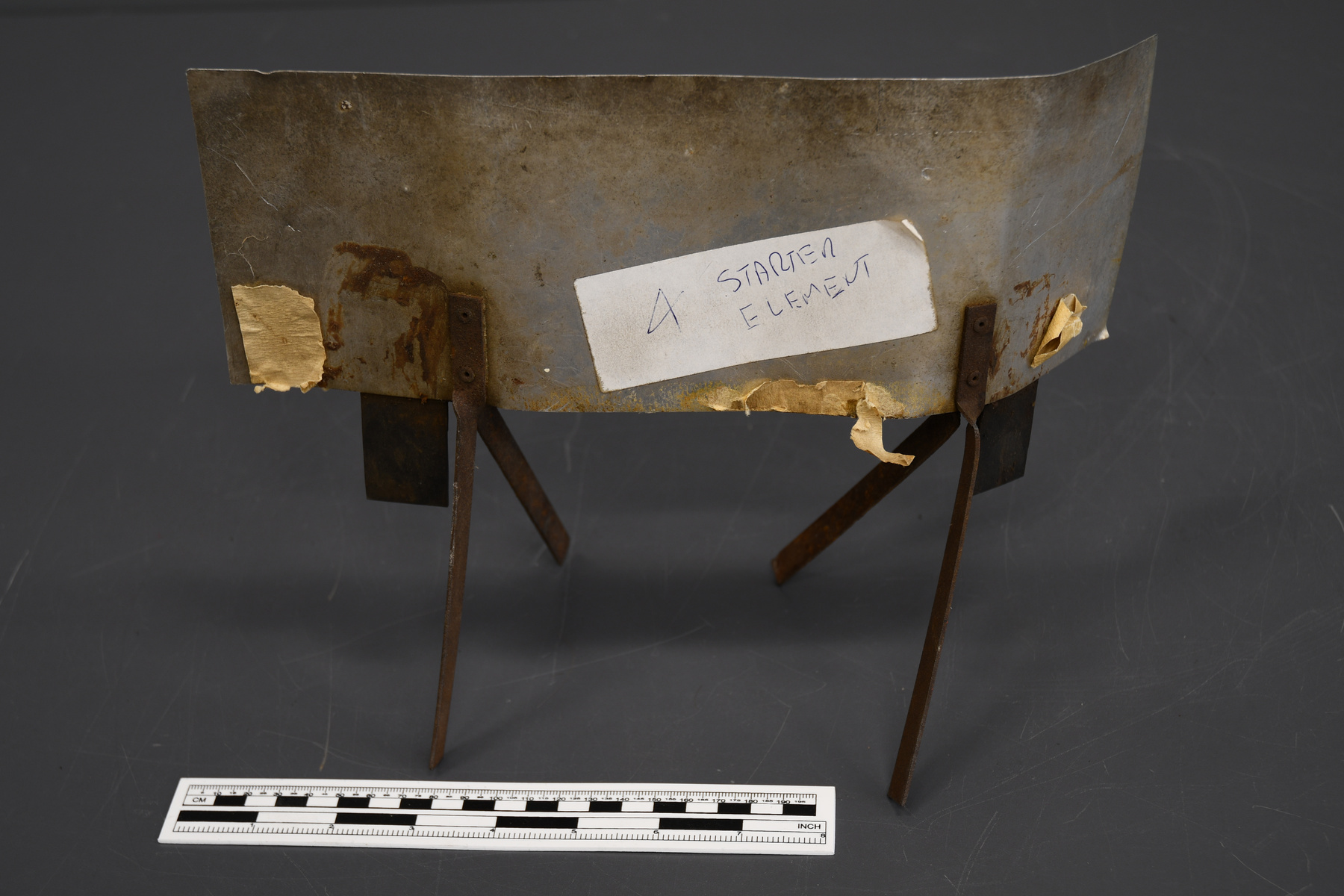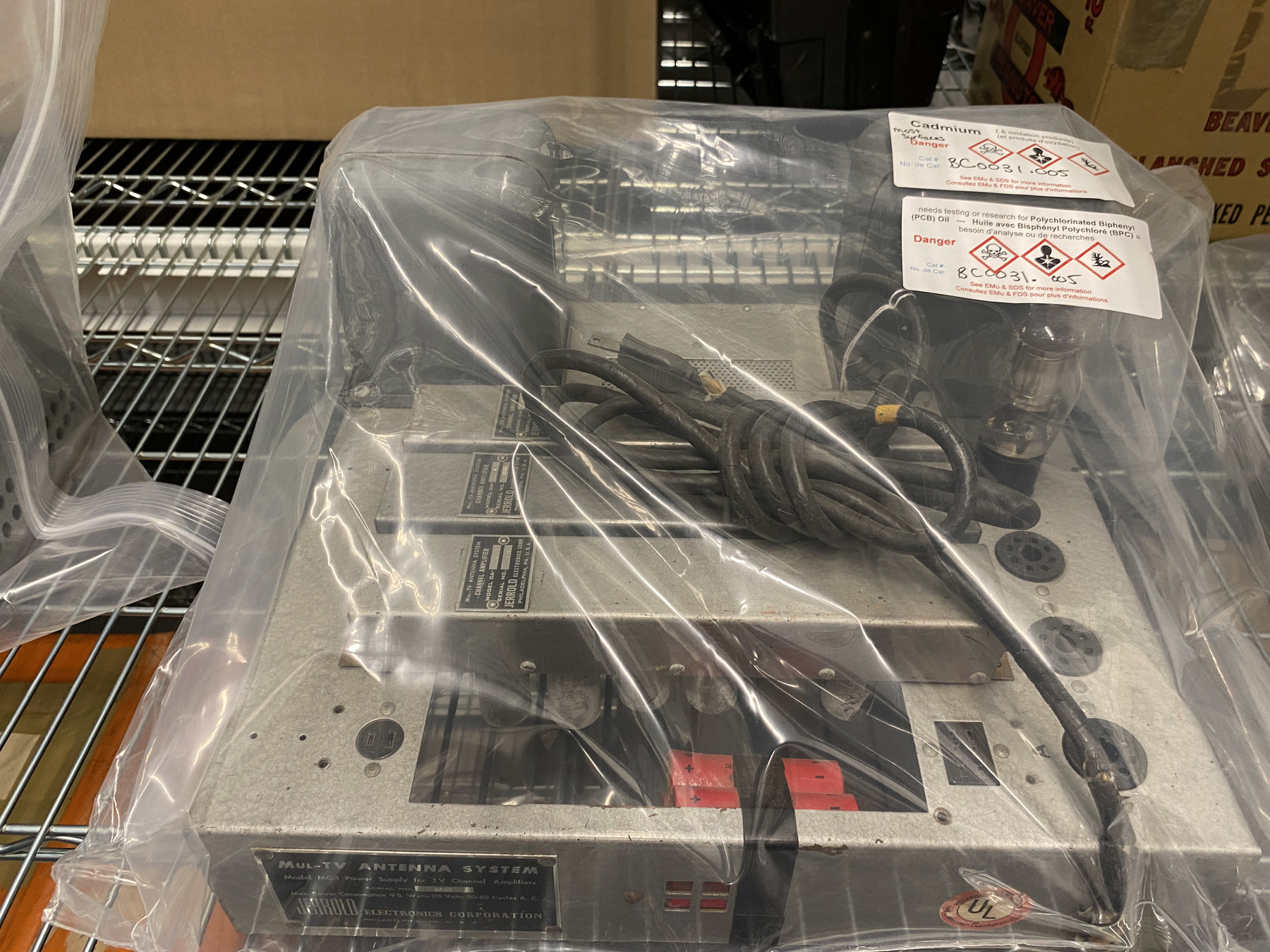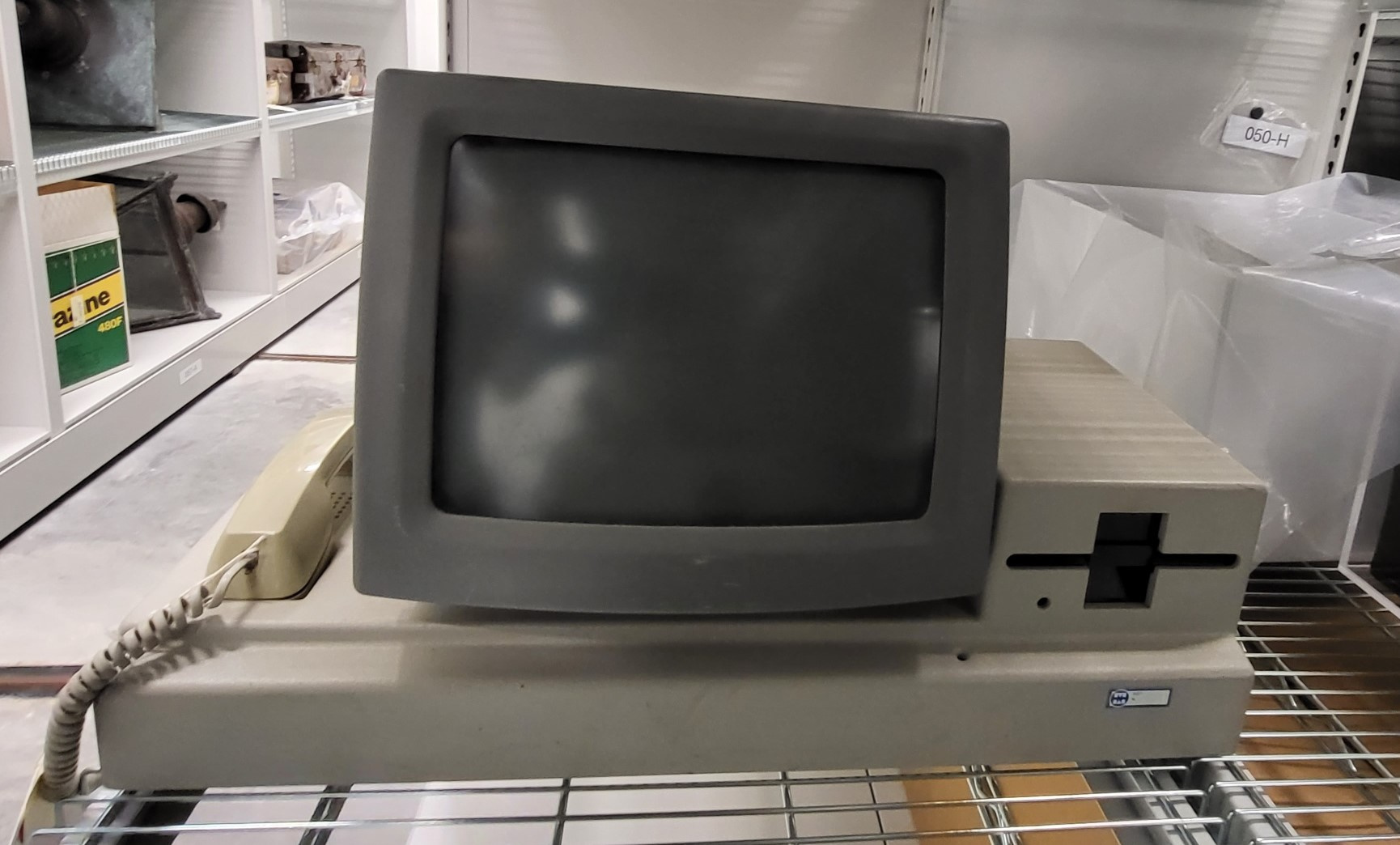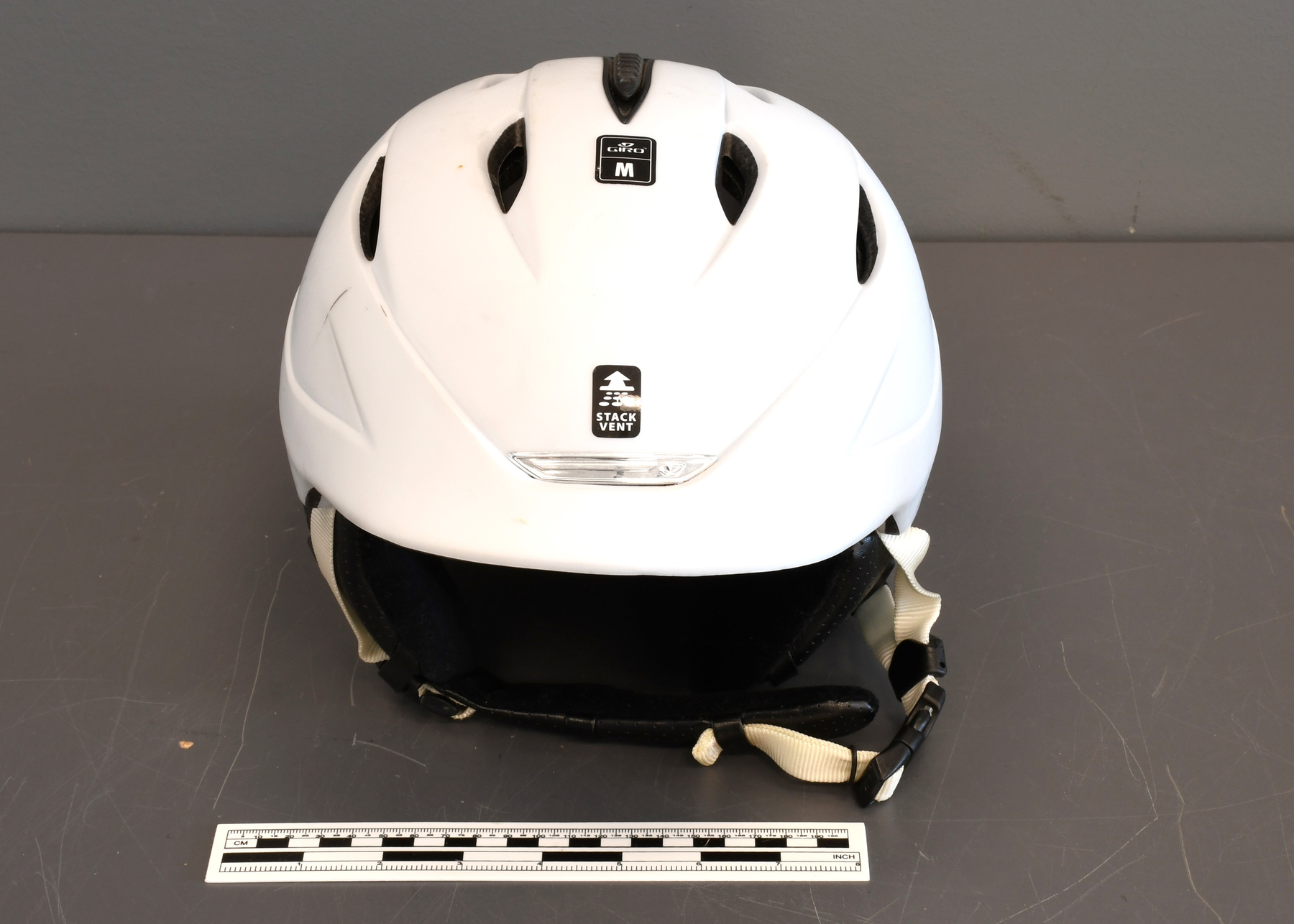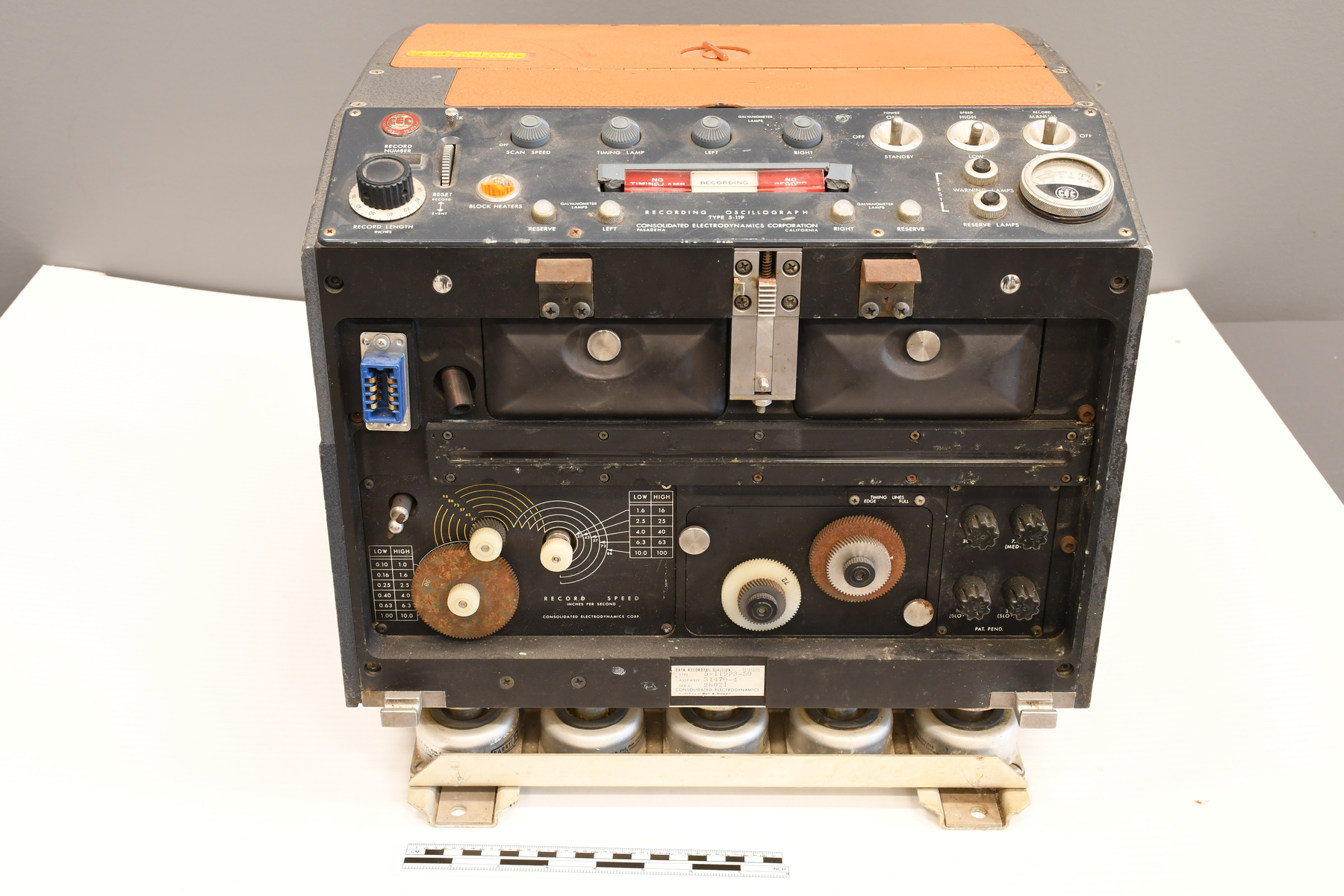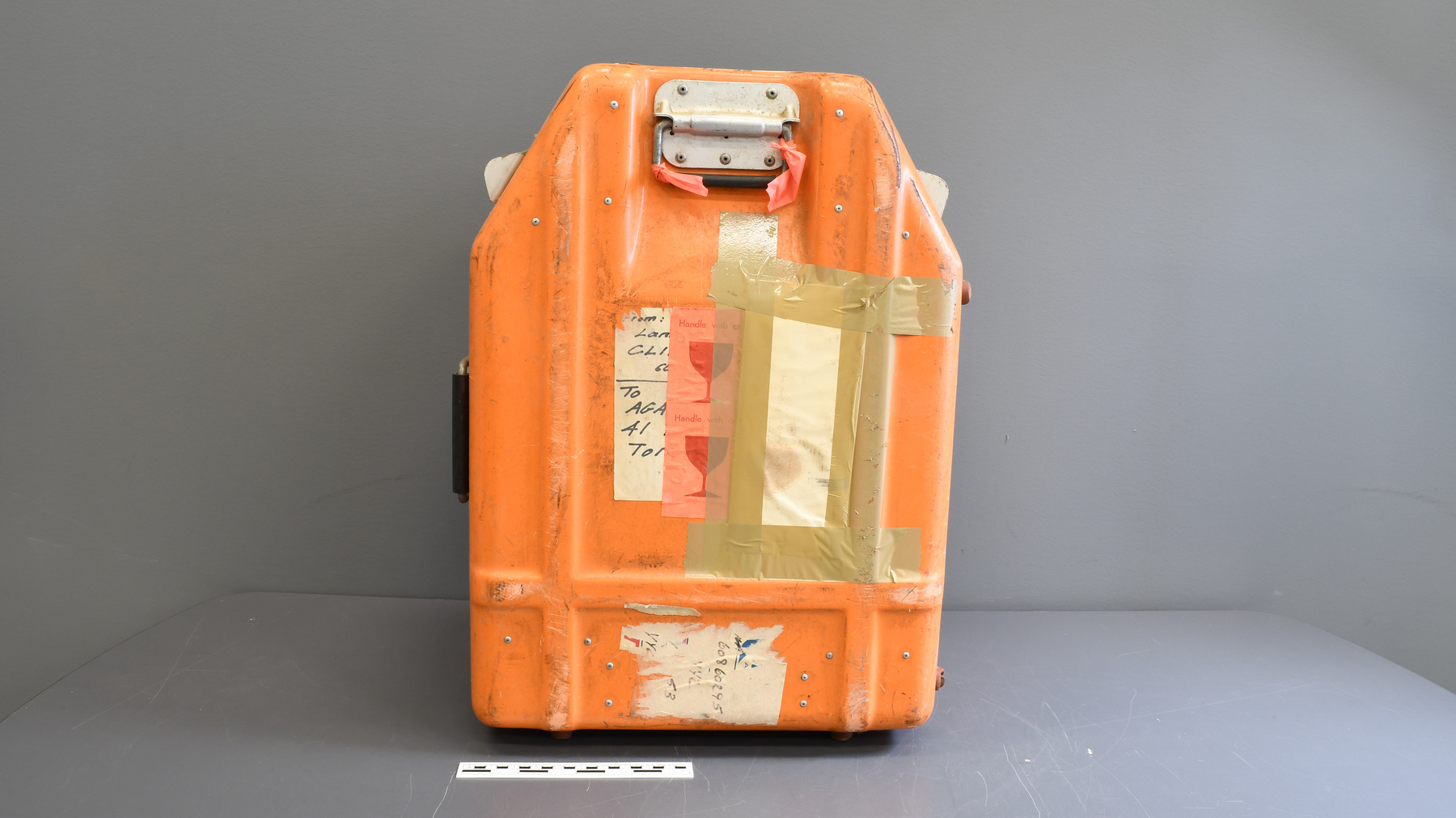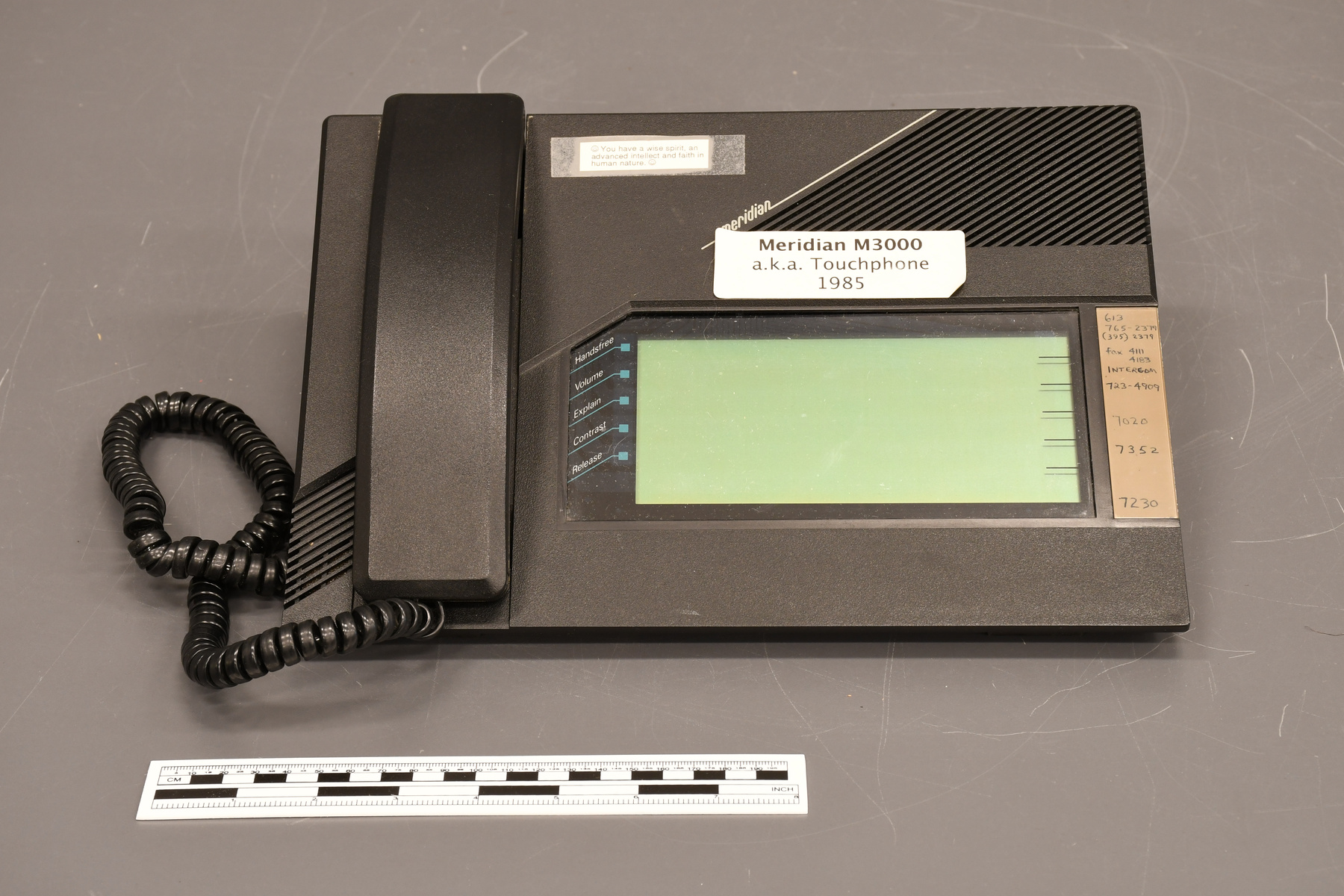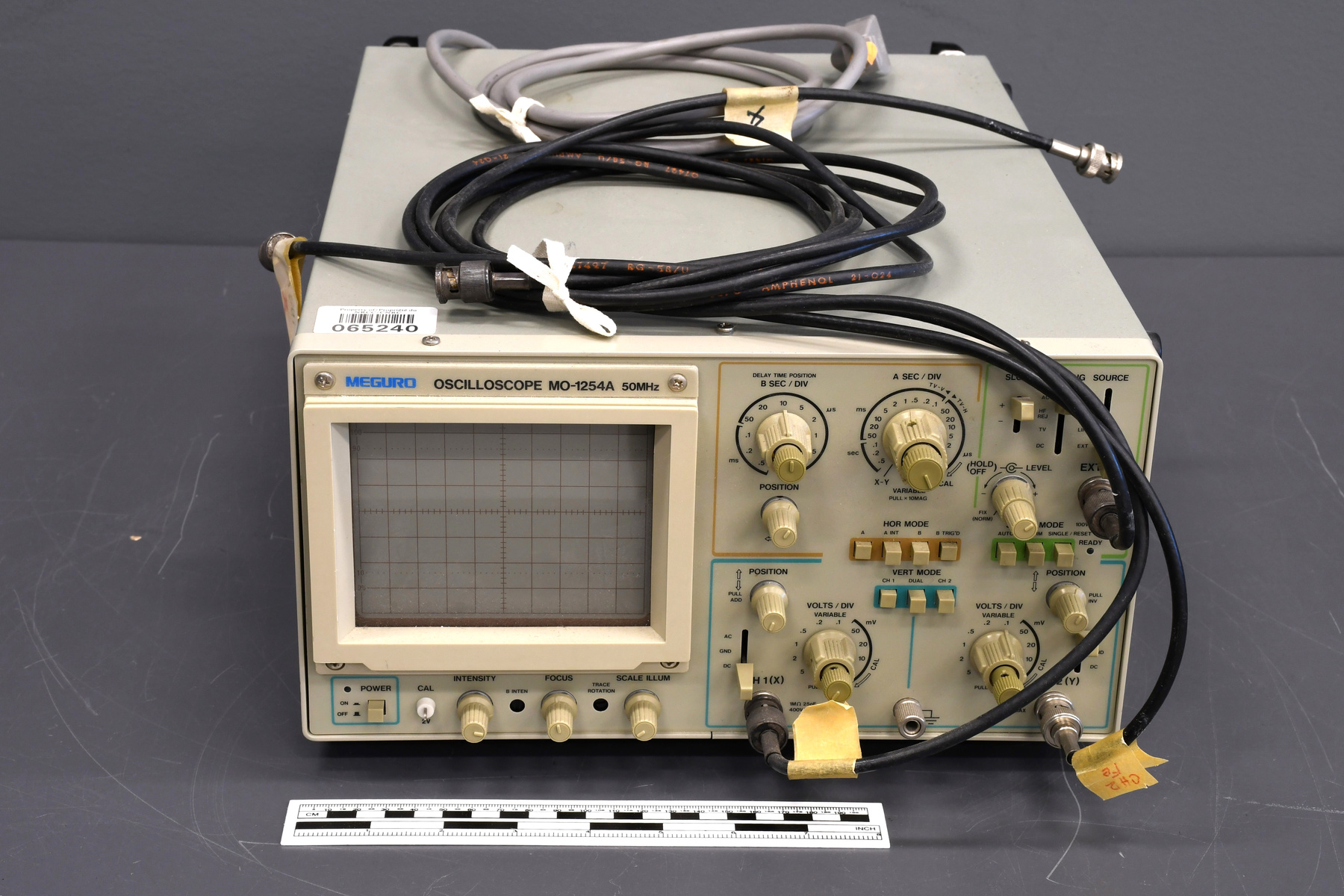Oscilloscope
Use this image
Can I reuse this image without permission? Yes
Object images on the Ingenium Collection’s portal have the following Creative Commons license:
Copyright Ingenium / CC BY-NC-ND (Attribution-NonCommercial 4.0 International (CC BY-NC 4.0)
ATTRIBUTE THIS IMAGE
Ingenium,
2008.1869.001
Permalink:
Ingenium is releasing this image under the Creative Commons licensing framework, and encourages downloading and reuse for non-commercial purposes. Please acknowledge Ingenium and cite the artifact number.
DOWNLOAD IMAGEPURCHASE THIS IMAGE
This image is free for non-commercial use.
For commercial use, please consult our Reproduction Fees and contact us to purchase the image.
- OBJECT TYPE
- AC-DC/CATHODE RAY
- DATE
- 1967–1990
- ARTIFACT NUMBER
- 2008.1869.001
- MANUFACTURER
- Meguro
- MODEL
- MO-1254A
- LOCATION
- Japan
More Information
General Information
- Serial #
- 46101331
- Part Number
- 1
- Total Parts
- 5
- AKA
- N/A
- Patents
- N/A
- General Description
- An object comprised of metal and synthetic material/Un objet fait avec des éléments en métal et du matériel synthétique.
Dimensions
Note: These reflect the general size for storage and are not necessarily representative of the object's true dimensions.
- Length
- 41.5 cm
- Width
- 29.4 cm
- Height
- 17.3 cm
- Thickness
- N/A
- Weight
- N/A
- Diameter
- N/A
- Volume
- N/A
Lexicon
- Group
- Chemistry
- Category
- Test-measurement equipment
- Sub-Category
- N/A
Manufacturer
- AKA
- Meguro
- Country
- Japan
- State/Province
- Unknown
- City
- Unknown
Context
- Country
- Canada
- State/Province
- Ontario
- Period
- 1967-1990s
- Canada
-
The vacuum Ebert spectrograph, developed by Donald A. Ramsey at the NRC, was a central instrument in Canada’s contributions to spectroscopy from approximately 1950 to the 1990s. Lead by Nobel Laureate, Gerhard Herzberg, Canada was a leader in this part of physics in the post WWII era. Using this device, D.A. Ramsey and Barry Lutz were able to confirm that the Kuiper bands of Uranus were made of methane. This finding had eluded scientists since the early days of astrophysics. Ramsey, a gifted experimenter, was able to produce this extremely high-resolution spectrograph, in order to determine the origins of the bands in the laboratory. The laboratory findings were compared with Lutz’s observations and measurements of the Uranus bands. The measurements were based on observations taken at the Mount Hamilton Station of the Lick Observatory, California. Le spectrographe Ebert avec une pression à vide était conçu au NRC par Donald A. Ramsey. L'instrument était primordial pour que le Canada puisse contribuer au domaine de spectroscopie pour plus de quarante ans entre 1950 et les années 1990s. La recherche était menée par Gerhard Herzberg qui était un lauréat pour le prix Nobel. Canada est rapidement devenu le meneur dans ce domaine de la physique après la deuxième Guerre Mondial avec Herzberg en charge. M. Ramsey et Barry Lutz ont réussit à confirmer que les bandes Kuipers de l'Uranus sont faits en méthane en utilisant cette machine. La découverte échappait aux scientifiques depuis l'enfance de l'astrophysique. Ramsey était capable de produire ce spectrographe à haute résolution pour déterminer l'origine des bandes au laboratoire. Le scientifique a pu comparer ces résultats avec ceux de Lutz. Les deux séries de mesurément étaient pris à la station de Mont Hamilton a l'observatoire Lick en Californie. - Function
-
This cathode ray oscillograph (otherwise known as an oscilloscope) is an instrument that is designed to provide indications when used in conjunction with the vacuum Ebert spectrograph. Cet oscillographe a rayon cathodique (souvent nommée un oscilloscope) est un instrument conçu pour identifier des changements quand il est utilisé avec le spectrographe Ebert à pression à vide. - Technical
-
This type of spectrograph dates back to the work of Hermann Ebert in 1889. He developed a spectrometer that consisted of an entrance slit, a single concave spherical mirror, a diffraction grating, and a small photographic plate in the plane of the entrance slit. This artifact is a Ramsey spectrograph, a 33-meter multiple-path cell, that produced spectra of the highest resolution at the time. The main body of this spectrograph was made by Fleck Industries before being installed at the NRC. Despite difficult struggles with leaks in the early construction phase of the optical components, large leak detectors (as big as fridges at the time) were installed and used to locate and fix the leaks. The resultant vacuum conditions allowed for much longer exposures and more precise images. This instrument was also a success due to its optics. The initial resolution of the instrument was not as good as expected, and a new mirror had to be ground and installed. The resolution improved significantly. There were also two gratings in this model, one high and the other low resolution. Ce genre de spectrographe est inspiré par le travail de Hermann Ebert en 1889. Il a développé un spectromètre qui possédait une fente d'entrée, un miroir concave et sphérique, un réseau de diffraction et une plaque photographique située sur le plan de la fente d'entrée. Cet artefact est un spectrographe Ramsey qui possède un trajet-multiple de plus de trente-trois mètres qui produisaient une résolution de la plus haute qualité de sa génération. Le corps du spectrographe était fabriqué par Fleck Industries. Malgré les fuites au début de la phase de construction des composantes optiques, l'installation des détecteurs de fuites installer par la suite ont réussi à trouver et arrêter le déluge. Les conditions après l'installation a construit des conditions de pression à vide qui permettait à la machine de développer des images plus précises avec une exposition prolongée. L'instrument était aussi favori grâce à ces composantes optiques. La résolution initiale n'était pas une haute gamme et donc un nouveau miroir a dû être dépoli et installer. Ceci a augmenté la résolution a un niveau requis. Il y avait aussi deux genres de réseau qui accompagnaient ce modèle qui permettait à une résolution base ou celui qui apportait une résolution plus augmentée. - Area Notes
-
Unknown
Details
- Markings
- On the proper right side of the top of the oscilloscope the sticker reads/Sur le bon côté droit sur le dessus de l'oscilloscope le lettrage sur l’étiquette lit:“ Property of/Propriété du NRC/065240”,On the proper right side of the oscilloscope/Sur le bon côté droit sur le dessus de l'oscilloscope:“MEGURO OSCILLOSCOPE MO-1254A, 50MHz/POWER/ON,OFF,CAL/2V,INTENSITY,B INTEN, FOCUS,TRACE/ROTATION,SCALE ILLUM”,On the proper left front side of the oscilloscope the markings read in part/Sur le bon côté gauche de l’oscilloscope le lettrage lit en partie: “DELAY TIME POSITION/B SEC/DIV, A SEC/DIV, SOURCE, HOLD/OFF-LEVEL/HOR MODE/POSITION, VERT MODE, POSITION/VOLTS/DIV,VOLTS/DIV/PULL/INV/VARIABLE,VARIABLE,H1(X),H2(Y)”,On the back of the Oscilloscope/Sur le dos de l’oscilloscope: “Z AXIS IN/CH1 OUT/FUSE/SUPPLY VOLTAGE,FUSE/100V,90-110V,1A/117V,108V-132V,1A/220V,198-242V,0.5A/240V,216-264V/0.5A/240V,117V”, On the first sticker on the back of the artifact/Sur la première étiquette sur le dos de l’oscilloscope: “N.R.C.C./LARGER MOLECULES/GROSSES MOLECULES/C.N.R.C”,On the second sticker on the back of the oscilloscope/Sur la deuxième étiquette située sur le dos de l'oscilloscope: “MEGURO/NO.46101331/MADE IN JAPAN”.
- Missing
- Appears complete/L'objet a toutes les pièces
- Finish
- An artifact made with a grey metal body that is rectangular in shape. It has a clear synthetic screen on its proper right side of its face. Behind the screen is a brown coloured grid system. Two black synthetic cables with metal adapter heads extend from the bottom proper left corner of the front of the object as well. The rest of the face is made up of beige coloured knobs, levers, and buttons that are also made of synthetic material. Black lettering is also apparent on the front face around its features. The back of the object has four black synthetic feet along with a port for a power supply cable. Two other silver coloured metal ports are visible in the middle of the back of the object. The artifact has white lettering along with two stickers in its proper bottom left hand corner. The stickers are orange and blue respectively. Beneath the artifact is a silver coloured metal leg that can pivot in order to help lif the artifact off the ground. Un objet fait avec un corps en métal de couleur grise. L'objet est fait en forme rectangulaire et possède un écran transparent fait en matériel synthétique. L'écran est situé sur le bon côté droit de la face de l'objet. L'écran a du quadrillage de couleur brune. Deux câbles noirs faits avec le même matériel que l'écran sortent du coin du bon côté gauche de la face de l'artefact. Les câbles ont des adaptateurs en métal. La face possède aussi des boutons, des leviers et des cadrans de couleur beige qui sont faits avec du matériel synthétique. Un lettrage de couleur noire est visible autour de toutes les composantes de l'objet. Le dos de l'artefact a deux autocollants dans le coin du bon côté droit. Les autocollants sont bleus et orange respectivement. Le dos a aussi une adaptatrice femelle pour un câble d'alimentation ainsi que quatre pattes synthétiques de couleur noire. Le milieu du dos de l'objet a aussi deux têtes filetées en métal de couleur argent pour recevoir deux autres adaptateurs. Du lettrage blanc est aussi visible sur le dos de l'artefact. En dessous de l'artefact il y a un support fait en métal de couleur argent. Le support fonctionne comme un pied qui peut pivoter pour lever l'artefact du sol.
- Decoration
- N/A
CITE THIS OBJECT
If you choose to share our information about this collection object, please cite:
Meguro, Oscilloscope, circa 1967–1990, Artifact no. 2008.1869, Ingenium – Canada’s Museums of Science and Innovation, http://collection.ingeniumcanada.org/en/id/2008.1869.001/
FEEDBACK
Submit a question or comment about this artifact.
More Like This
















